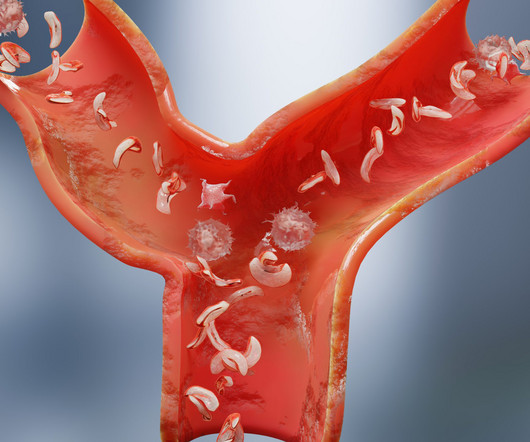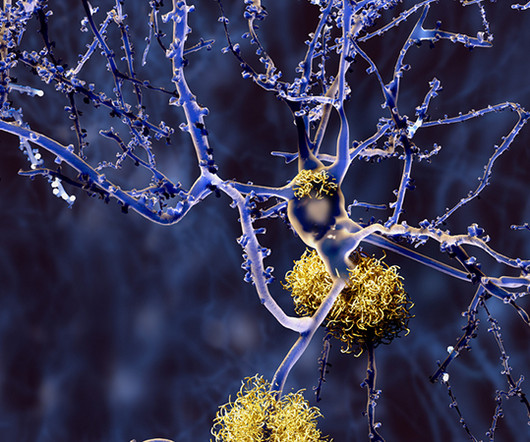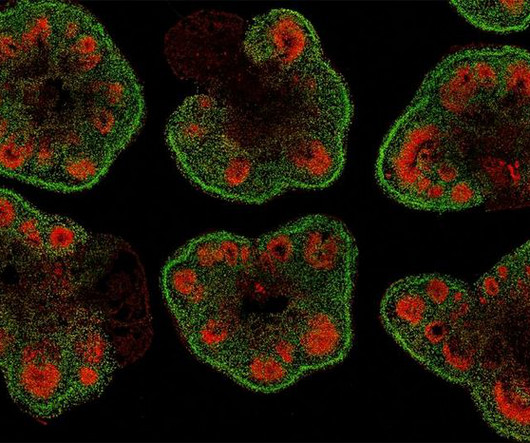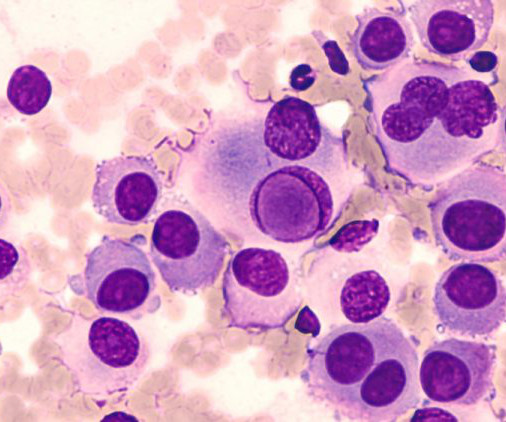Automated red blood cell exchange: bridging treatment gaps in sickle cell disease care
Drug Target Review
JUNE 5, 2025
Despite recent advances in gene therapy for sickle cell disease (SCD) , automated red blood cell exchange (aRBCX) remains a cornerstone therapy that plays a vital yet underutilised role in managing complications and enhancing quality of life for millions living with this devastating condition worldwide.
























Let's personalize your content